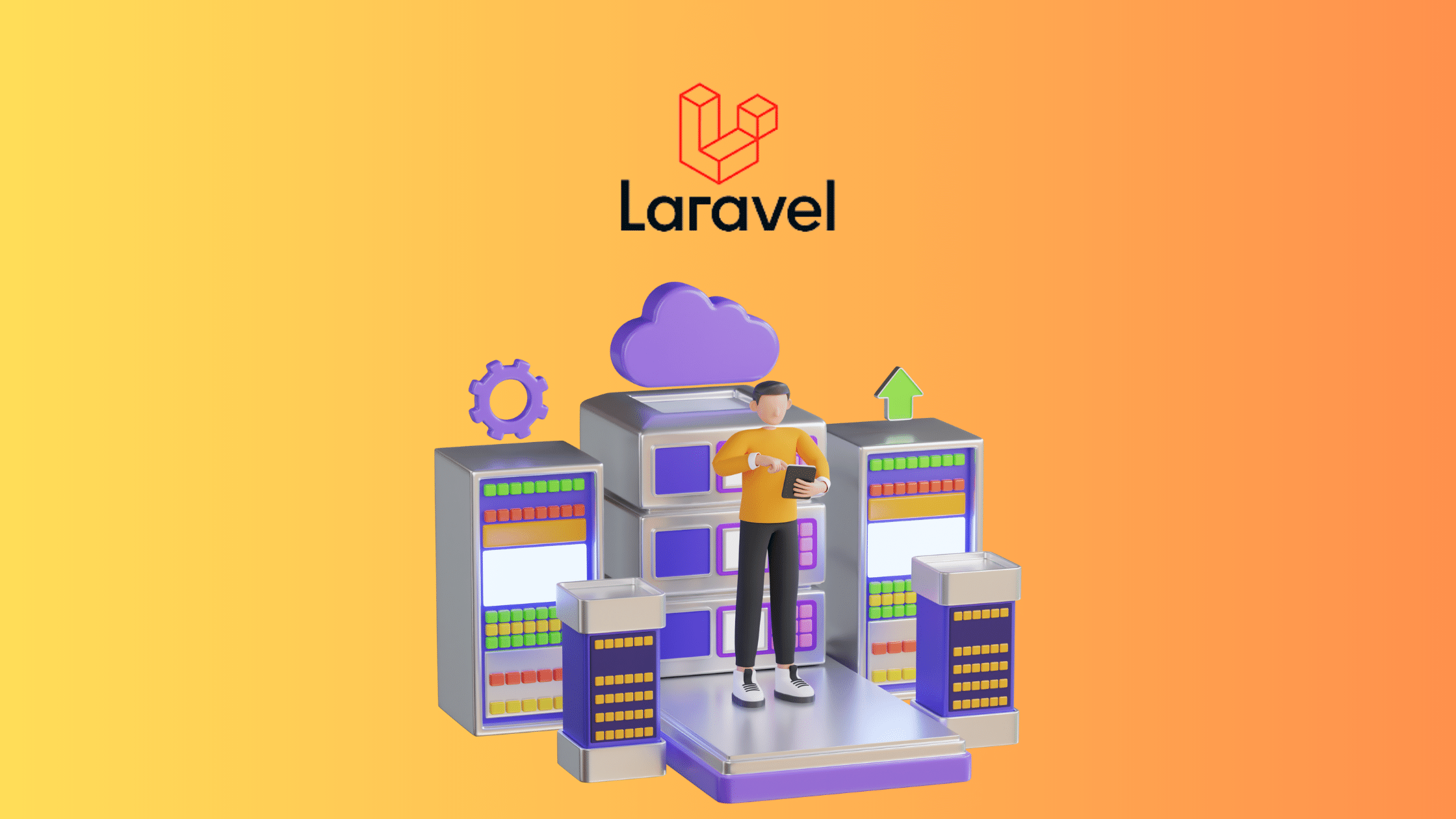Deploy Laravel to Hosting
Deploying a Laravel application to hosting is a fundamental step in making your project accessible on the web. Whether you’re a seasoned developer or new to the world of PHP frameworks, this guide will help you navigate the process effortlessly.
1. Selecting the Right Hosting Provider
Before diving into deployment, it’s crucial to choose a dependable hosting provider that supports Laravel applications. Look for providers that offer PHP 7.4 or higher, Composer, MySQL database support, and SSH access.
2. Preparing Your Laravel Application
Before deploying your Laravel application, ensure that your codebase is clean, optimized, and free of errors. Update your dependencies using Composer and run tests to verify that everything is working correctly.
3. Configuring Your Hosting Environment
Once you’ve selected a hosting provider, configure your hosting environment to support Laravel. Create a new MySQL database, set up SSH access, upload your Laravel application files to the server, and configure your .env file with database details.
4. Composer Install and Laravel Setup
After configuring your hosting environment, run composer install to install your application dependencies. Additionally, run php artisan key:generate to generate a new application key. These steps are necessary for your Laravel application to function correctly on the server.
5. Permissions and Settings
Ensure that your storage and bootstrap/cache directories have the necessary permissions for your Laravel application to run smoothly. Set file permissions and update your application settings to reflect your production environment.
6. Pointing Your Domain to Hosting
Once your Laravel application is deployed and configured, update your domain’s DNS settings to point to your hosting provider’s nameservers. This step ensures that visitors can access your application using your custom domain name.
7. Testing and Monitoring
After deploying your Laravel application, thoroughly test its functionality to ensure everything is working as expected. Monitor your application’s performance, security, and uptime regularly to identify and address any issues promptly.
8. Continuous Deployment and Updates
Consider implementing continuous deployment practices to automate the deployment process and streamline updates. Utilize version control systems like Git to manage changes efficiently and ensure a smooth deployment workflow.
9. Conclusion
Deploying a Laravel application to hosting may seem daunting at first, but with the right tools and knowledge, you can make the process seamless. Follow the steps outlined in this guide, stay proactive in monitoring your application, and embrace continuous deployment practices to keep your Laravel project running smoothly.
